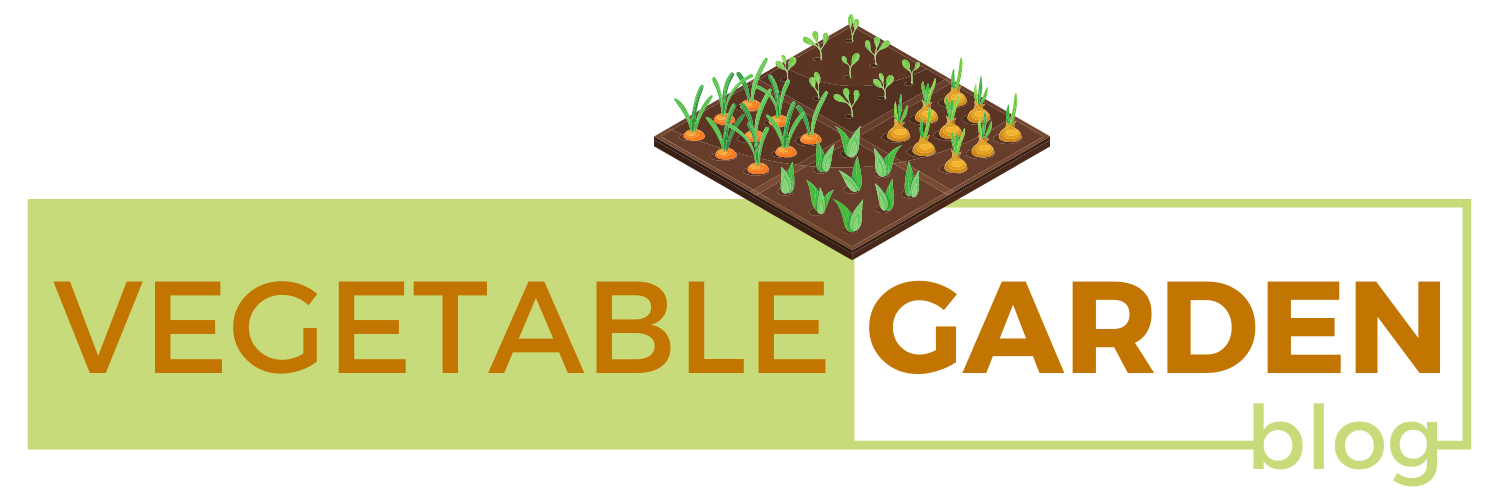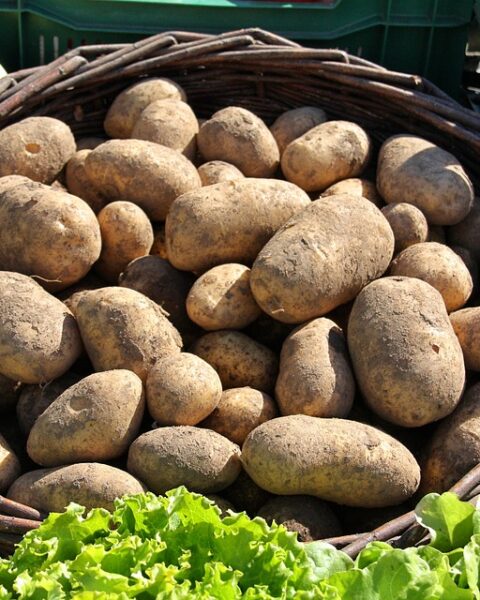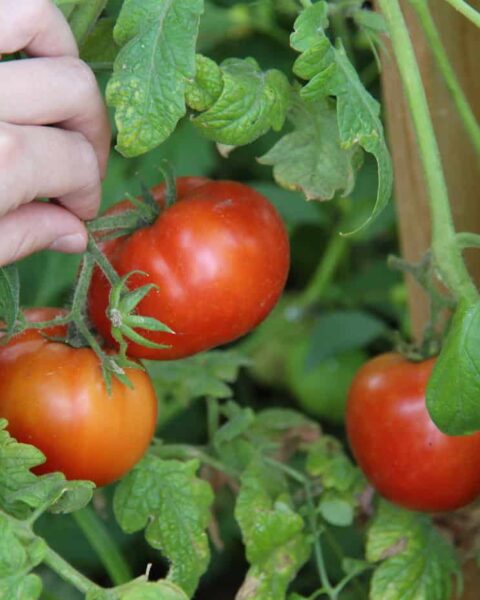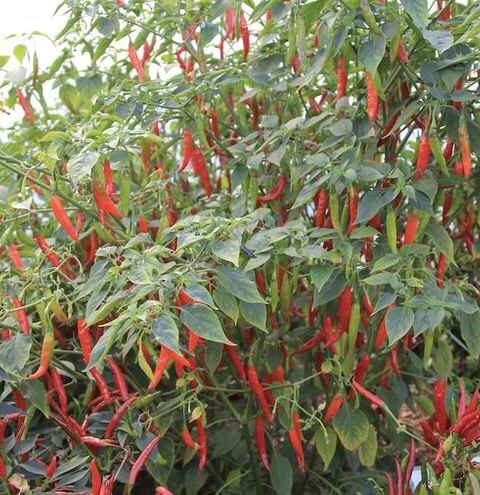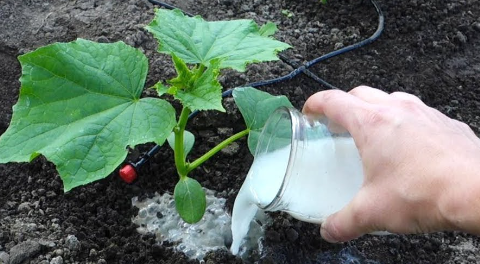Tomatoes are a staple in many gardens, prized for their versatility and nutritional value. Whether you’re a seasoned gardener or just starting out, enhancing your tomato yield is likely a top priority. While proper watering, sunlight, and pruning are essential, one often overlooked method for maximizing tomato production is the use of natural top dressings. These organic materials not only nourish the soil but also provide essential nutrients to your tomato plants, resulting in healthier growth and higher yields.
- Understanding the Benefits of Natural Top Dressings: Natural top dressings, such as compost, aged manure, and mulch, offer a multitude of benefits for tomato plants. Compost, rich in organic matter, improves soil structure, water retention, and nutrient availability. Aged manure adds valuable nutrients like nitrogen, phosphorus, and potassium, crucial for robust tomato growth. Mulch helps regulate soil temperature, conserves moisture, and suppresses weeds, creating an optimal environment for tomatoes to thrive.
- Choosing the Right Top Dressings: When selecting top dressings for your tomato plants, opt for organic materials free from synthetic chemicals. Compost made from a mix of kitchen scraps, yard waste, and other organic matter is an excellent choice for enriching the soil with a diverse array of nutrients. Aged manure from herbivores like cows, horses, or chickens is beneficial, as it has broken down sufficiently to prevent burning plants with excess ammonia. Additionally, mulches such as straw, shredded leaves, or grass clippings provide insulation and weed control without introducing harmful chemicals.
- Applying Top Dressings: Apply natural top dressings around the base of tomato plants, taking care not to bury the stems. For compost, spread a layer about one to two inches thick and gently work it into the top few inches of soil. Aged manure can be applied similarly, ensuring it’s well-aged to prevent nitrogen burn. Mulch should be spread evenly around plants, leaving a small gap between the stem and the mulch to prevent moisture-related diseases. Reapply top dressings as needed throughout the growing season to maintain soil health and support continuous tomato production.
- Maximizing Nutrient Absorption: To further enhance nutrient absorption, consider incorporating organic fertilizers into your top dressing regimen. Products like fish emulsion, bone meal, and kelp meal provide additional nutrients that complement those found in compost and manure. These supplements can be mixed into the soil before applying top dressings or used as a liquid fertilizer during regular watering sessions. By combining natural top dressings with organic fertilizers, you’ll ensure your tomato plants have access to a balanced diet for optimal growth and fruit development.
- Monitoring and Adjusting: Regular monitoring of soil moisture, nutrient levels, and plant health is essential for successful tomato cultivation. Keep an eye on your plants for signs of nutrient deficiencies or excesses, such as yellowing leaves, stunted growth, or poor fruit development. Adjust your top dressing regimen accordingly, adding more compost or manure if soil nutrients are depleted, or reducing mulch if soil moisture levels are too high. By staying attentive to your tomato plants’ needs, you’ll be able to fine-tune your approach and maximize yields over time.
Conclusion: Natural top dressings offer a simple yet effective way to enhance your tomato yield while promoting soil health and sustainability. By harnessing the power of compost, aged manure, and mulch, you’ll create an environment conducive to robust tomato growth and abundant harvests. With careful selection and application of top dressings, coupled with organic fertilizers and regular monitoring, you can enjoy a bountiful supply of juicy, flavorful tomatoes straight from your garden.
